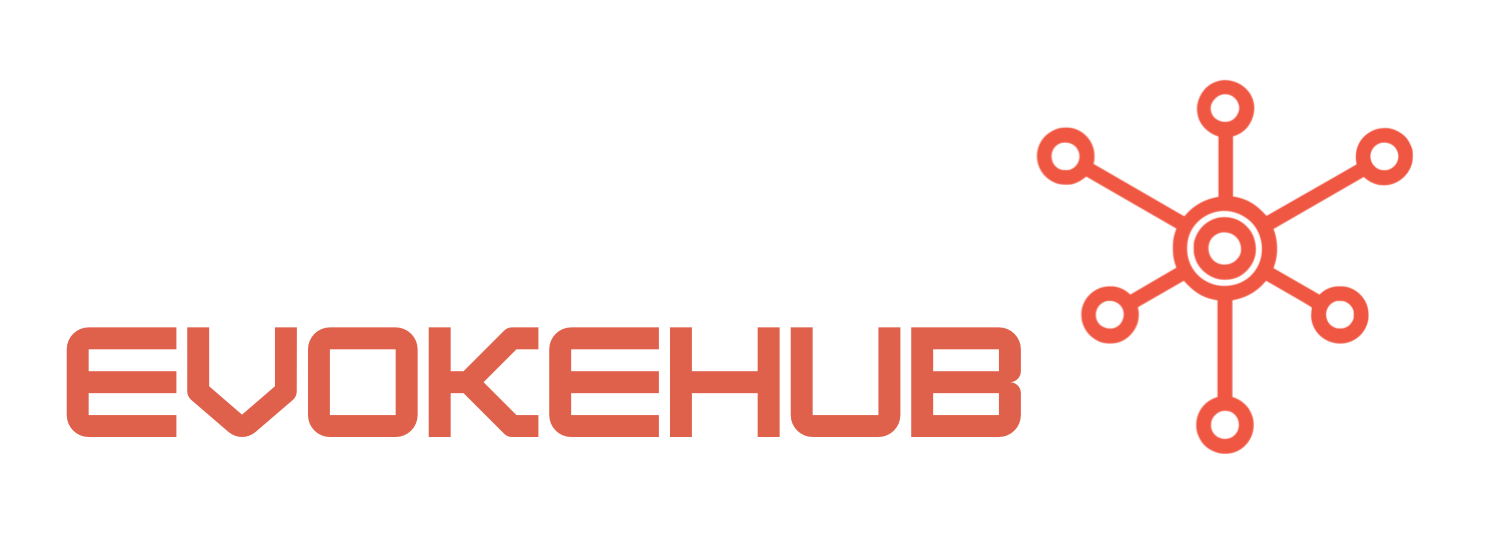Understanding Orleans: A New Paradigm in Microservices
Microsoft Orleans is an open-source, cross-platform framework designed to simplify the development of distributed applications. At its core, Orleans leverages the actor model, which treats each actor as an independent unit of computation. This design allows developers to manage stateful services without the complexities usually associated with traditional distributed systems. For more information, you can visit the Orleans GitHub repository.
One of the standout features of Orleans is its ability to automatically handle challenges like state management and concurrency, allowing developers to focus on business logic rather than low-level details. Orleans’ virtual actor model means that developers don’t need to worry about instantiating actors explicitly; they can be created on-demand, which leads to a more efficient resource allocation. This paradigm can significantly reduce the operational overhead typically associated with microservices.
Additionally, Orleans natively supports scalability and resilience, making it an excellent choice for cloud-native applications. The framework’s built-in features for load balancing and fault tolerance facilitate the development of systems that can gracefully handle varying loads. As organizations increasingly rely on cloud infrastructure, Orleans positions itself as an attractive option for developers seeking to streamline their microservice deployments.
Traditional Microservice Frameworks: Architecture and Limitations
Traditional microservice frameworks, such as Spring Boot, Node.js, and Django, have long been the backbone of microservice architecture. These frameworks typically employ a RESTful API design, allowing services to communicate over HTTP using standard protocols. While these frameworks provide essential tools for building and deploying microservices, they often introduce complexities in areas like service orchestration, state management, and fault tolerance.
One significant limitation of traditional frameworks is their reliance on stateless services. While stateless architecture simplifies scaling, it poses challenges for applications requiring persistent state. Developers must implement external data stores or caching solutions, which can complicate the architecture and increase latency. Furthermore, managing distributed transactions across multiple services can become cumbersome, often requiring additional frameworks or patterns like the Saga pattern to address these issues.
Moreover, traditional frameworks can struggle with horizontal scalability, particularly during peak loads. While they can be scaled vertically by adding resources to a single instance, this approach can lead to performance bottlenecks. Developers must also consider the complexities of service discovery, load balancing, and network communication, which can add to the operational overhead. As microservices evolve, these limitations have prompted organizations to explore alternatives, including Orleans, which offers a more streamlined solution for managing distributed applications.
In summary, while traditional microservice frameworks like Spring Boot and Node.js have established themselves as reliable tools for software development, they come with inherent limitations that can complicate the management of distributed systems. Microsoft Orleans presents a compelling alternative, leveraging the actor model to simplify state management, scalability, and resilience. By understanding the strengths and weaknesses of both approaches, organizations can better align their architectural choices with their specific needs, ultimately leading to more robust and maintainable software solutions. As the microservices landscape continues to evolve, exploring innovative frameworks like Orleans may offer significant advantages for developers and businesses alike.




